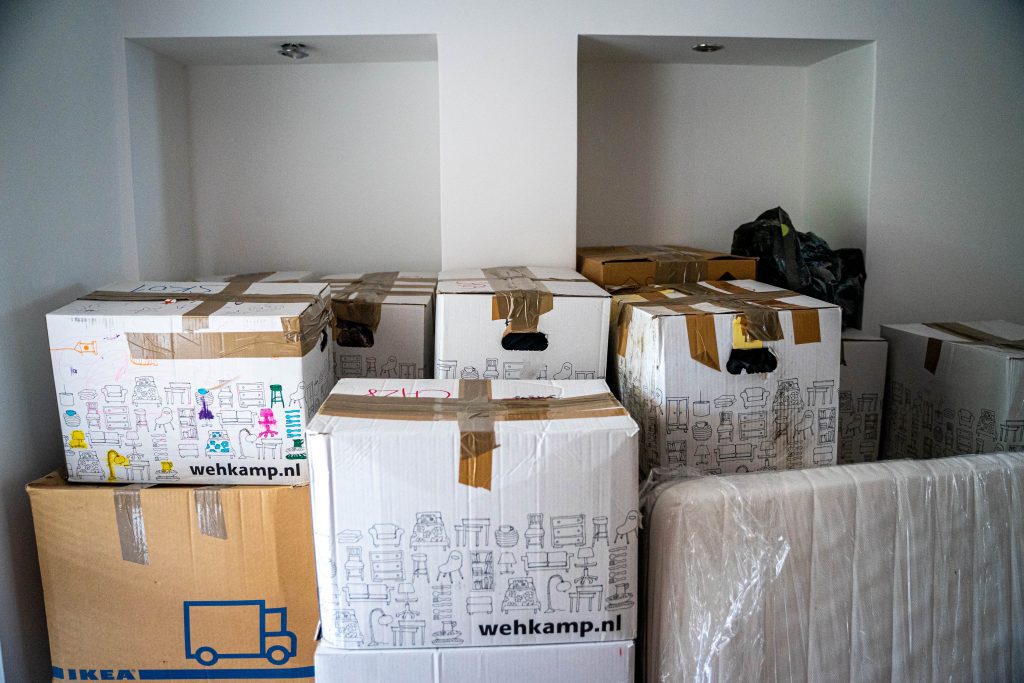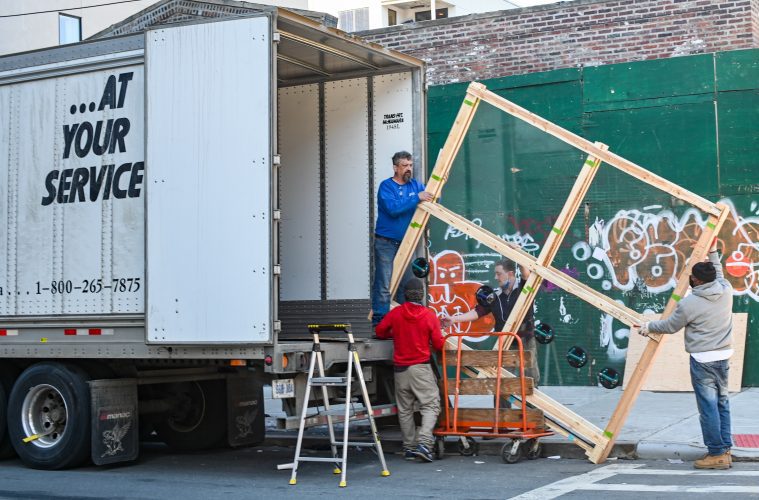If you are moving long-distance, there are a few things you need to know in order to make the process as smooth as possible. In this article, you will learn about all of the different aspects of long-distance moving so that you can be prepared for everything that comes your way!
Find Reliable Movers
These big changes mean that you have a long road ahead of you, so it’s essential that you find people who will deliver your things safely. Do your research and find the best interstate moving companies that will ensure your belongings make it to your new home in one piece. Ask friends and family for recommendations, or do a quick online search to find reputable companies with good reviews.

Once you’ve narrowed down your options, be sure to get quotes from each of them so that you can compare prices. Some things to consider include the cost of the move, the amount of time it will take, and whether or not they offer insurance. It’s important to choose a company that you feel comfortable with and that has a proven track record of success.
Pack The Boxes Carefully
You need to be very cautious [sic] when packing the boxes because if you don’t they will break and all your items will be damaged. Make sure to use packing paper and bubble wrap to protect your items from breaking.
Use Strong Boxes
The last thing you want is for your boxes to break while in transit. This is why it’s important to use strong boxes that won’t collapse under the weight of your belongings. You can usually find these at your local hardware store or moving supply store.
Never Overload The Boxes
Just because you have a lot of things to move, doesn’t mean you should overload the boxes. This will only lead to your items getting damaged in transit. Only pack what the box can hold without being too heavy. Label The Boxes
Pack Fragile Items Separately
If you have any fragile items, make sure to pack them separately so they don’t get damaged in transit. You can use packing paper or bubble wrap to do this.
Label The Boxes
You have to label each and every box with its contents. This will help the movers know where to place each box in your new home. Without labeling, you might end up with a bunch of boxes in the wrong room. It’ll take some extra time but it’s worth it in order to avoid any confusion.
Make sure that you also list which room each box should go in. For example, “Kitchen Supplies” and “Living Room.” That way, the movers will know not to put your kitchen supplies in your bedroom! Write down as much information as possible on each and every label so that nothing gets misplaced during transport.
Make An Inventory List
There’s a huge inventory of stuff you’re bringing with you. These are the following:
- Furniture
- Dishes
- Pots and pans
- Clothing
- Bedding
You need to figure out what you’re taking with you and what you’re leaving behind. This is where making an inventory list comes in handy. It’ll help you stay organized and make sure nothing gets left behind.
When making your inventory list, be sure to include the following:
- The item’s name
- The size of the item
- How many items there are
- Whether or not it’s fragile
This information will come in handy when packing up your belongings. You’ll know exactly what you’re taking with you and what needs to be packed carefully. Plus, it’ll be easier to keep track of everything this way.
Take Time To Downsize
It’s important to know that moving to far-away places means you’ll need to leave some things behind and that’s okay! One of the best ways to prepare for a long-distance move is by taking the time to downsize your belongings. This means getting rid of items you don’t need, which will in turn make packing and unpacking much easier (and cheaper).
Start by making a list of everything you want to bring with you on your move. Be ruthless- if you haven’t used it in the past year, chances are you won’t use it in your new home either.
Update Important Documents
Cross-state moves mean you need to update your driver’s license, vehicle registration, and insurance. If you’re relocating with children, be sure to research the schools in your new community and update your child’s school records. And don’t forget to change your will and other estate planning documents to reflect your new address.
You may also need to update your bank account information and notify creditors of your move. Reviewing your credit report is a good way to catch any errors or outdated information that could cause problems during your move.

Moving is not easy and never fun, but with the right movers, it’s way less stressful. Make sure you pack and label the boxes accordingly make an inventory list from which you’ll downsize a bunch of things. Finally, update important documents to adjust to your new life. Good luck!


